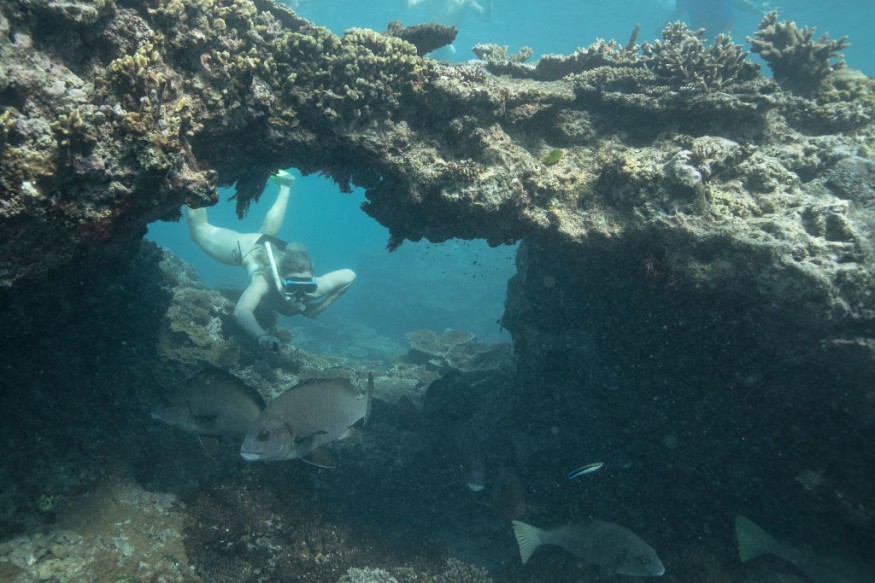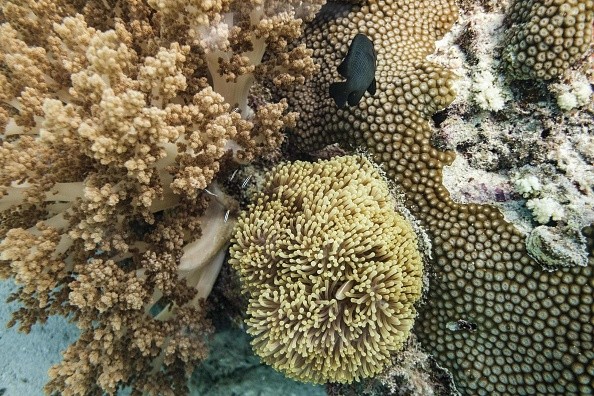Janet Hock is an Indianapolis-based retired dental professor. She is also a certified scuba diver with a lifelong passion for the sea. When Hock, 77, amended her will in 2020, she said that she wanted to be a part of a coral reef when she died.
Her cremated bones will be mingled into a perforated concrete dome known as a reef ball, as per her uncommon wish. She'll then become a component of an artificial reef, giving her a second chance at life beneath the waves.
"You're giving fish a space to swim through and plants a place to flourish," Hock explains. "My initial impression was that they were quite unattractive. 'Oh, it'd be so great to be down there, with little orange fish dashing through the holes in my ball,' I thought."
Eternal Reefs as Sustainable Burial

Eternal Reefs, a Florida-based nonprofit, provides the service as a "means to give back after life by replenishing the depleting natural reef systems," according to its website.
Reef balls consisting of pH-neutral concrete and human ashes are placed in restricted regions of the seabed across the United States. The GPS coordinates of their loved one's "grave" are communicated to family and friends.
During the pandemic, the number of requests from individuals who love the water - and the idea that by dying, they may help marine life rebuild - has tripled, according to the organization.
The longing to return to the water dates back millennia, as evidenced by ancient Egyptian and Roman marine burials. In the South Pacific, corpses were placed in canoes and tossed out to sea, whereas Asia has long practiced dispersing ashes in the ocean. Legends of fallen Viking warriors' vessels being set on fire have endured in popular culture.
Related Article : Covid-Related Deaths Are Filling up Cemeteries, Leaking Metal Pollution in the Soil
Ocean Burial

The concept of an ocean burial is becoming increasingly popular as people look for environmentally friendly alternatives to traditional burial and cremation. While the reef concept still necessitates incineration, the aim is that the buildings will aid in the restoration of maritime ecosystems by resembling coral reefs in certain ways.
According to the Intergovernmental Panel on Climate Change, most of the world's reefs are endangered due to ocean warming and acidification, pollution, and overfishing. Reefs are necessary for protecting shorelines and maintaining marine ecosystems, providing jobs for residents, and even assisting scientists in developing novel medications.
The Reef Ball Foundation and Reef Innovations, which builds the balls, collaborate with Eternal Reefs. The balls, which are more than a meter high and two meters wide and weigh between 250kg and 1,800kg (550lb and 4,000lb), have a rough surface on which marine plants and animals such as corals and algae may grow. So far, the organization has buried about 3,000 memorial reefs in 25 locations ranging from Texas to New Jersey.
Murray Roberts, a marine biology professor at Edinburgh University's school of geosciences, believes it's an excellent idea. "All kinds of species, including corals, thrive better on structure," he explains. He claims not to see any clear detriments.
For similar news updates,don't forget to follow Nature World News
© 2025 NatureWorldNews.com All rights reserved. Do not reproduce without permission.





